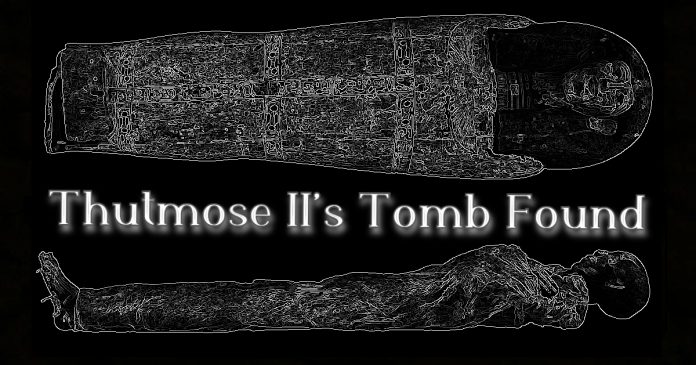Archaeologists announced the discovery of King Thutmose II’s long-lost tomb in Luxor on February 2nd 2025. This significant find marks the first royal tomb uncovered since Howard Carter’s discovery of King Tutankhamun’s tomb in 1922. A joint Egyptian-British archaeological team began excavations in 2022. The team was led by the Supreme Council of Antiquities and the New Kingdom Research Foundation. That year, they identified the entrance and main corridor of Tomb KV42.
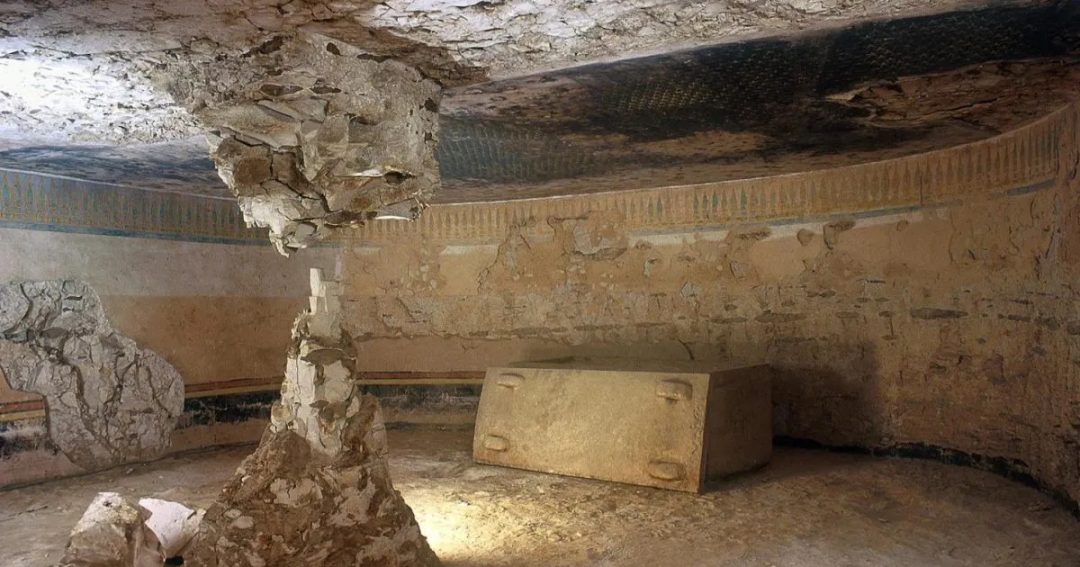
Researchers initially believed that a royal consort belonged to the tomb. This assumption came from its location near tombs of King Thutmose III’s wives and Queen Hatshepsut. Further investigation confirmed it as the burial site of King Thutmose II. Further investigation confirmed it as the burial site of King Thutmose II. These inscriptions provided definitive evidence of the tomb’s ownership.
Thutmose II Tomb Artifacts
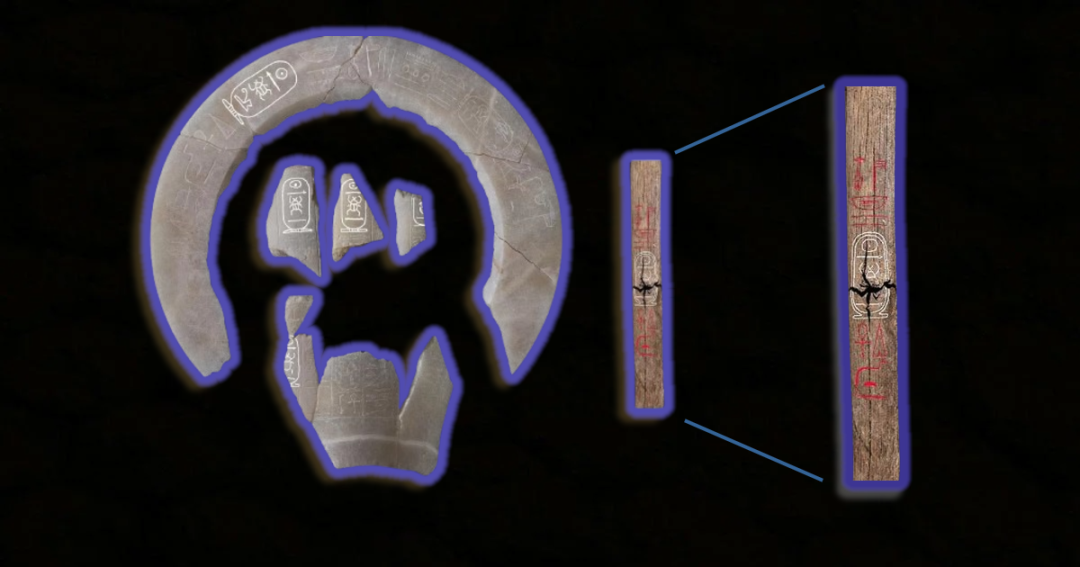
The wooden artifact found in the tomb of King Thutmose II is a significant discovery. Ancient Egyptians crafted a wooden funerary bed and used it during the king’s burial rituals. They carved and decorated the bed with intricate detail, showcasing their exceptional craftsmanship. The funerary bed is an important piece of evidence that helps archaeologists understand the burial practices and rituals of the 18th Dynasty.
Thutmose II’s Queen
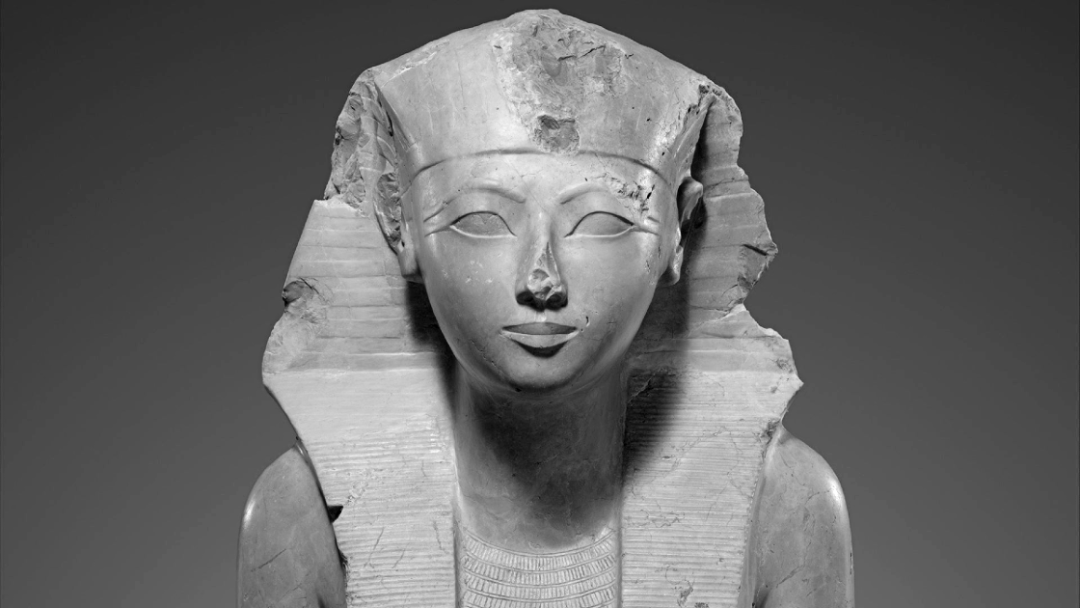
Experts have determined that Queen Hatshepsut, the king’s wife and half-sister, oversaw his burial. Mohamed Ismail Khaled, secretary-general of the Supreme Council of Antiquities. He described the find as one of the most significant in decades. Archaeologists consider this discovery especially significant because it marks the first time anyone has found funerary furniture belonging to Thutmose II; none of these items exist in museums worldwide.
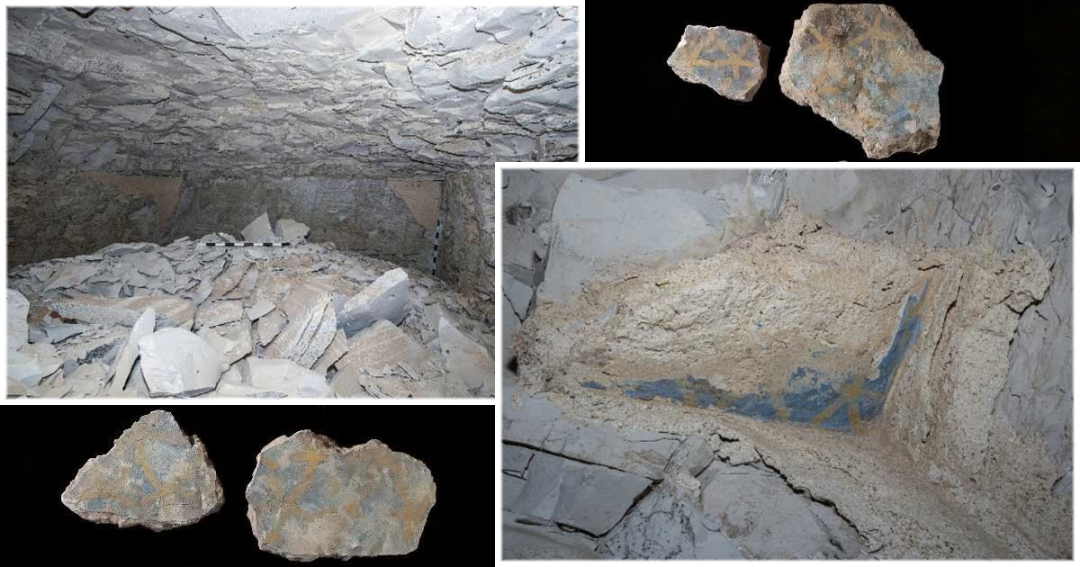
Flooding in antiquity, shortly after the king’s death, left the tomb in poor condition despite its significance. Water severely damaged the site and destroyed many original contents; ancient caretakers likely relocated what they could. Archaeological teams have restored portions of fallen plaster adorned with intricate designs, including blue inscriptions, yellow star motifs, and elements of the Book of Amduat, a key religious text used in royal tombs.
The team will continue excavations to discover more of the site’s secrets. As the excavation progresses, it is expected that more artifacts and information will come to light.
Got tomb fever? Check out Taposiris Magna: Search for Cleopatra’s Tomb

